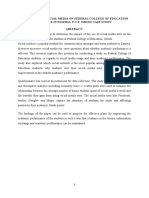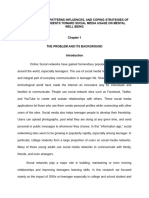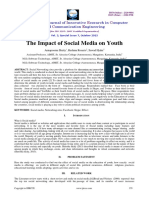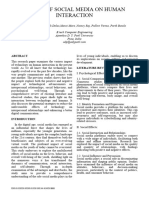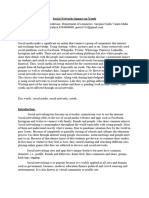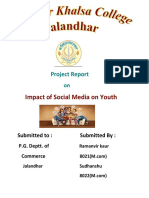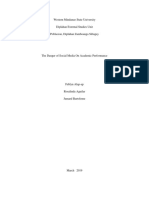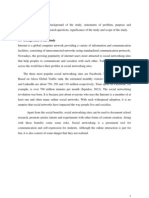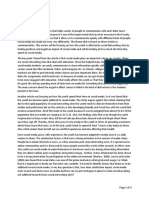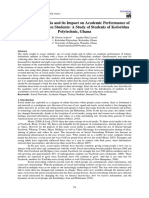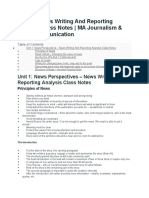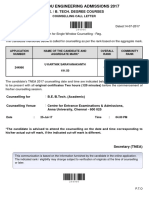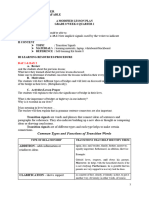0% found this document useful (0 votes)
5 views5 pagesResearch
The study investigates the impact of social media on students at Abeda Inamdar Senior College in Pune, highlighting both its advantages and disadvantages. Findings indicate that while social media facilitates communication and information sharing, it also contributes to issues like false identities and mental health concerns among students. The research reveals a significant amount of time spent on social media, which may negatively affect academic performance and overall well-being.
Uploaded by
Musheer ShaheenianCopyright
© © All Rights Reserved
We take content rights seriously. If you suspect this is your content, claim it here.
Available Formats
Download as PDF, TXT or read online on Scribd
0% found this document useful (0 votes)
5 views5 pagesResearch
The study investigates the impact of social media on students at Abeda Inamdar Senior College in Pune, highlighting both its advantages and disadvantages. Findings indicate that while social media facilitates communication and information sharing, it also contributes to issues like false identities and mental health concerns among students. The research reveals a significant amount of time spent on social media, which may negatively affect academic performance and overall well-being.
Uploaded by
Musheer ShaheenianCopyright
© © All Rights Reserved
We take content rights seriously. If you suspect this is your content, claim it here.
Available Formats
Download as PDF, TXT or read online on Scribd
/ 5
